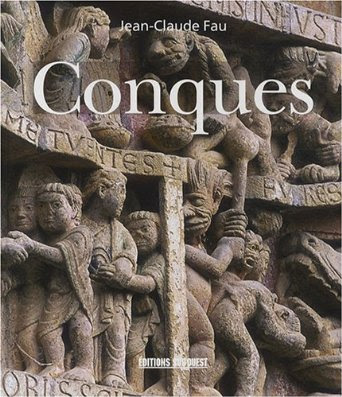Actually I'll be off to Chicago today, to visit family, before flying out of O'Hare for Charles de Gaulle on October 1. Before my departure, I have been able to make a reservation online for my first night in Sarria, my first stop on the pilgrimage route. I will be staying in a new hostel (opened in May!), the Albergue Mayor, which was recommended by another pilgrim in an online forum. Reservation is not possible in the municipal albergues in Spain, and since I will be arriving at the hostel late in the evening, I wanted to make sure I had a place to stay. Actually I have made tentative reservations in all of the places I plan to stay except one, where I was unable to do so. I'll just call ahead the day before to confirm.
 |
| My bags are packed; I'm ready to go. . . |
I've measured my backpack and it should fit within Vueling Airlines carry-on guideslines of 40cm x 20cm x 55 cm with a 10 kg weight limit. My walking stick fits nicely into the backpack, but if they won't let me carry the stick on, I'll just check the whole thing. I've heard conflicting stories on the subject, so it may just depend on the type of pole, or the subjective decision of the airline staff. I'll just have to wait and see.
 |
My scallop shell
|
On September 15, a friend and I walked a portion of Virgina side of Great Falls. It was a beautiful sunny day, and there were hoards of people picnicking, walking, climbing the rocks, and enjoying the view of the falls from the various designated overlook areas. Although we went with a group, which had billed the outing as a "hike", we managed to lose a good number of the original members along the way, but had a lovely time despite the fact that we probably did more rock-climbing than actual hiking. It was another good opportunity to wear the hiking boots!
 |
| Pam and friend Rhonda Daniels |
 | ||||||||||||
| Great Falls National Park |

Well in the travel section of the Washington Post recently there was an article on a single woman who had just walked the Camino Frances from the Spanish town of Hospital de Orbigo, slightly west of León. She confirmed my earlier suspicion about the source of the revival of interest in the Camino, having heard about the Pilgrimage route from the Emilio Estevez and Martin Sheen film, The Way, in 2011.
Click on the link below for her story:
http://www.washingtonpost.com/lifestyle/travel/what-a-trip-leave-your-burdens-and-be-in-the-moment-on-spains-camino-de-santiago/2013/09/12/ea2f2824-1afe-11e3-82ef-a059e54c49d0_story.html
P.S. All library books have been returned!


















